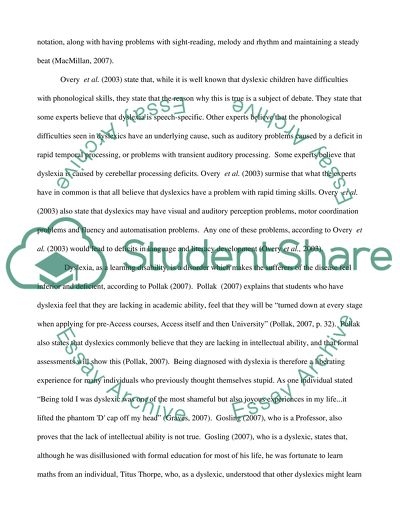Cite this document
(“Dyslexia and Modern Music Teaching Techniques: A Literature Review Essay”, n.d.)
Retrieved from https://studentshare.org/psychology/1397296-dyslexia-and-modern-music-teaching-techniques-a
Retrieved from https://studentshare.org/psychology/1397296-dyslexia-and-modern-music-teaching-techniques-a
(Dyslexia and Modern Music Teaching Techniques: A Literature Review Essay)
https://studentshare.org/psychology/1397296-dyslexia-and-modern-music-teaching-techniques-a.
https://studentshare.org/psychology/1397296-dyslexia-and-modern-music-teaching-techniques-a.
“Dyslexia and Modern Music Teaching Techniques: A Literature Review Essay”, n.d. https://studentshare.org/psychology/1397296-dyslexia-and-modern-music-teaching-techniques-a.


